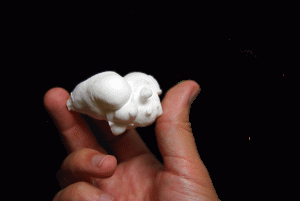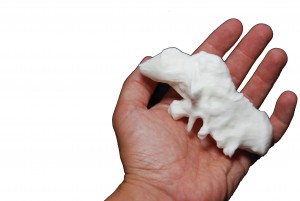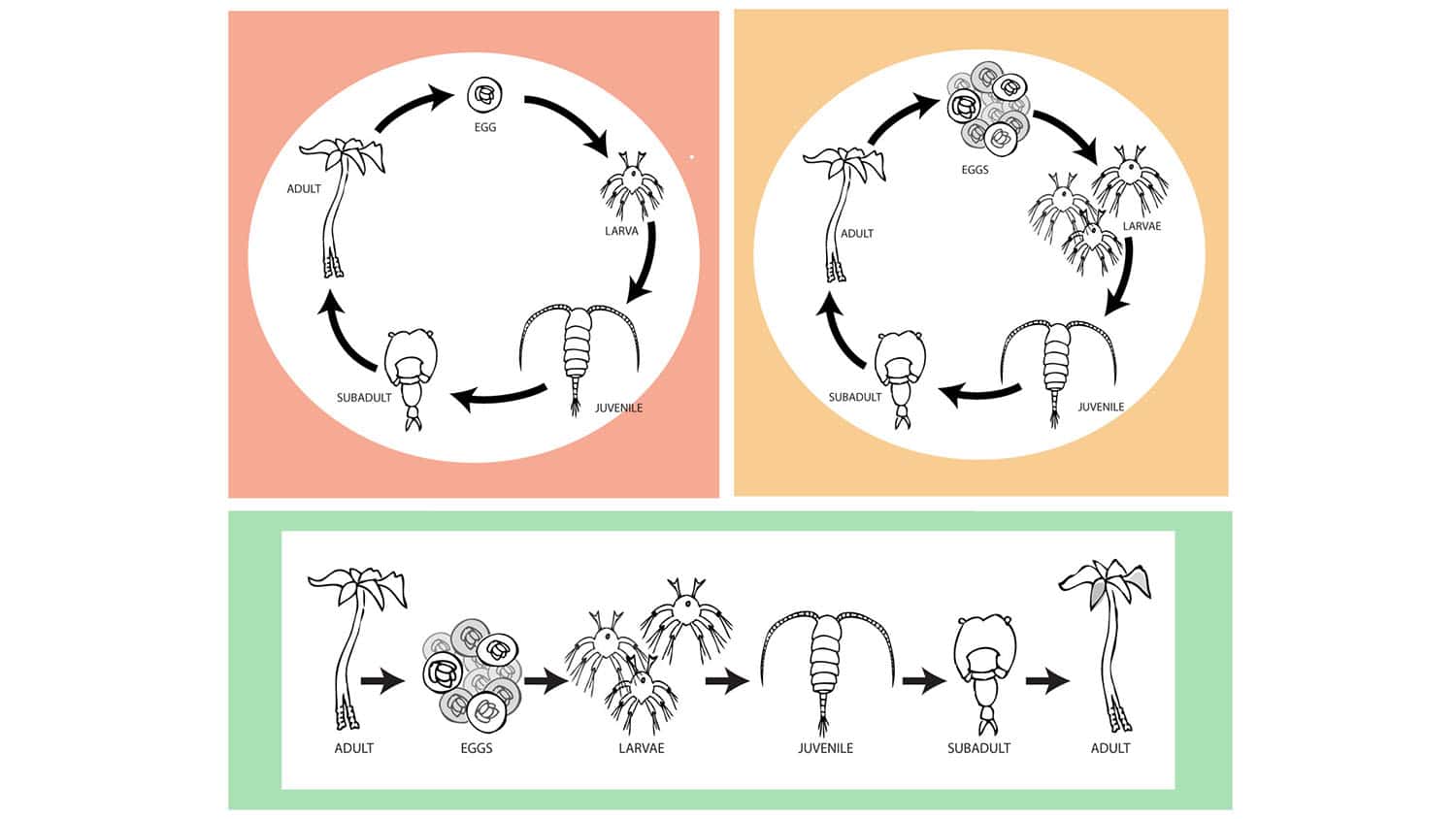Printing Penguin Brains

Once upon a time, penguins could fly. Nowadays, paleontologists look at wing and body configurations in penguin fossils to trace their evolution from aerial to underwater “flight.” But it wasn’t just the bone structure that changed over time – their brains evolved, too. And it’s not like you can just look at a fossilized penguin brain, right?
Wrong. Enter the wonderful world of 3-D penguin brain printing. Dan Ksepka studied a 22-million-year-old penguin’s brain by first using a CT-scanner on the fossil’s skull to create 500 X-ray slices. A computer program called Avizo let him isolate the space once occupied by the brain in each slice and create a 3-D model of the brain. Rapid prototyping technology let him “print out” the final product, and voila! Hand-held, life-sized, 22-million-year-old penguin brain!
For Ksepka, this was more than a “gee-whiz” project.
“What interested me personally was that the species still has a lot of primitive features, meaning penguins were still fine-tuning their brains for underwater optimization 40 million years after they first took to the seas,” Ksepka says. “The model also tells us all about the ancient penguin’s senses – in this case it had large optic lobes and small olfactory bulbs, indicating it probably caught its food by sight rather than smell. The parts of the brain associated with visual stabilization and complex maneuvering are prominent, suggesting fully developed diving abilities.”

Ksepka’s “brain factory” also created a model for a Suuwassea, a 10-ton dinosaur from the Jurassic period. Interestingly, the dino brain is about the same size as the penguin’s. I’ll let readers draw their own conclusions about how size may matter when it comes to gray matter.


